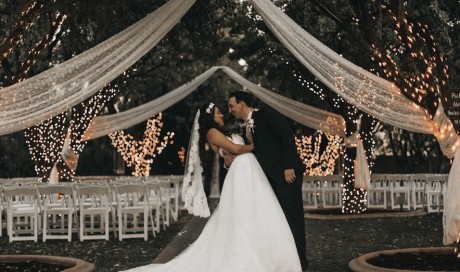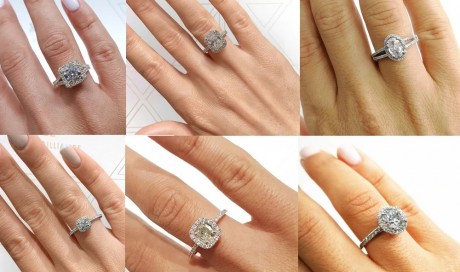9.Federal Colonial

The Federal Colonial style, also know the Adam style, is modeled after Roman classicism . Similar to the Georgian Colonial style, Federal Colonial style differs with the addition of wings off to each side of the original box shape and tends to have more decorative embellishments than other Colonial styles. Federal style homes are most often made of brick. The front facade screams wealth with its ornamentation, tall columns and grand curved steps that lead up to the entrance. An elliptical or fan-shaped window usually tops the door, with long rectangular windows placed symmetrically on both sides of the doorway.
10.Mid-Century Modern

Constructed out of new ideas, mindsets and a forward-thinking style, mid-century modern architecture flourished from 1945 to the 1980s. Characterized by flat planes, large glass windows and open space, the style focused on simplistic design and seamless integration of nature. World War II brought new materials, such as steel and plywood, to the forefront of architecture and design, and helped to enlighten new ways of thinking about residential living.
11.French Provincial

Inspired by estates of the French countryside, the provincial style came to America after World War I, bringing with it decorative appeal and romantic touches. Today's newer suburban housing developments are incorporating the French provincial style with symmetrical proportions and steep roofs.
12.Greek Revival

Inspired by Greek architecture and democracy, the Greek revival style flourished in America in the 1830s and 1940s. Tall columns and pediments, painted plaster exterior, horizontal transoms, symmetrical shape, bold moldings and embellishments are all key to the style. Large and imposing, this home style is commonly found on large estates and historic plantations.
13.Italianate

Built more out of a desire for ornamentation than functionality, the Italianate style is loosely modeled after the villas of Italy. Most of the homes were built between the mid-to-late 1800s. Decorative corbels, window cornices, doorways and porches can easily identify an Italianate home, as can the rounded windows, columned entryways and rectangular windows.
14.Mediterranean

Influenced by the area from which it's named, this style became extremely popular in the U.S. from 1918 to 1940. The homes were modeled after the hacienda style, with red tile roofs, arches and plaster surfaces. This style is very popular again and features a lot of the original design elements, including porticos, balconies and ornamental details such as heavy wooden doors and multicolored tiles.
15.Modern

Modern and contemporary styles tend to get confused. Modern architecture refers to design inspired by the historical art movement of modernism. Most classic examples of modern architecture are more than 50 years old, which makes it a little easier to tell a modern-style home from a contemporary-style home. Open living spaces, clean, geometric lines and function-over-form are key elements of the style.
16.Neoclassical

With formal proportions and classic beauty, the Neoclassical style reflects architecture of Greece and Rome. In the early 20th century, government buildings and universities used the Neoclassical concept in their design. Homes built in this style clearly exude wealth. Symmetry, tall columns, elaborate doorways and evenly spaced windows are all key elements of the style. The most famous example is Thomas Jefferson's Monticello in Virginia.
...[ Continue to next page ]
Share This Post













